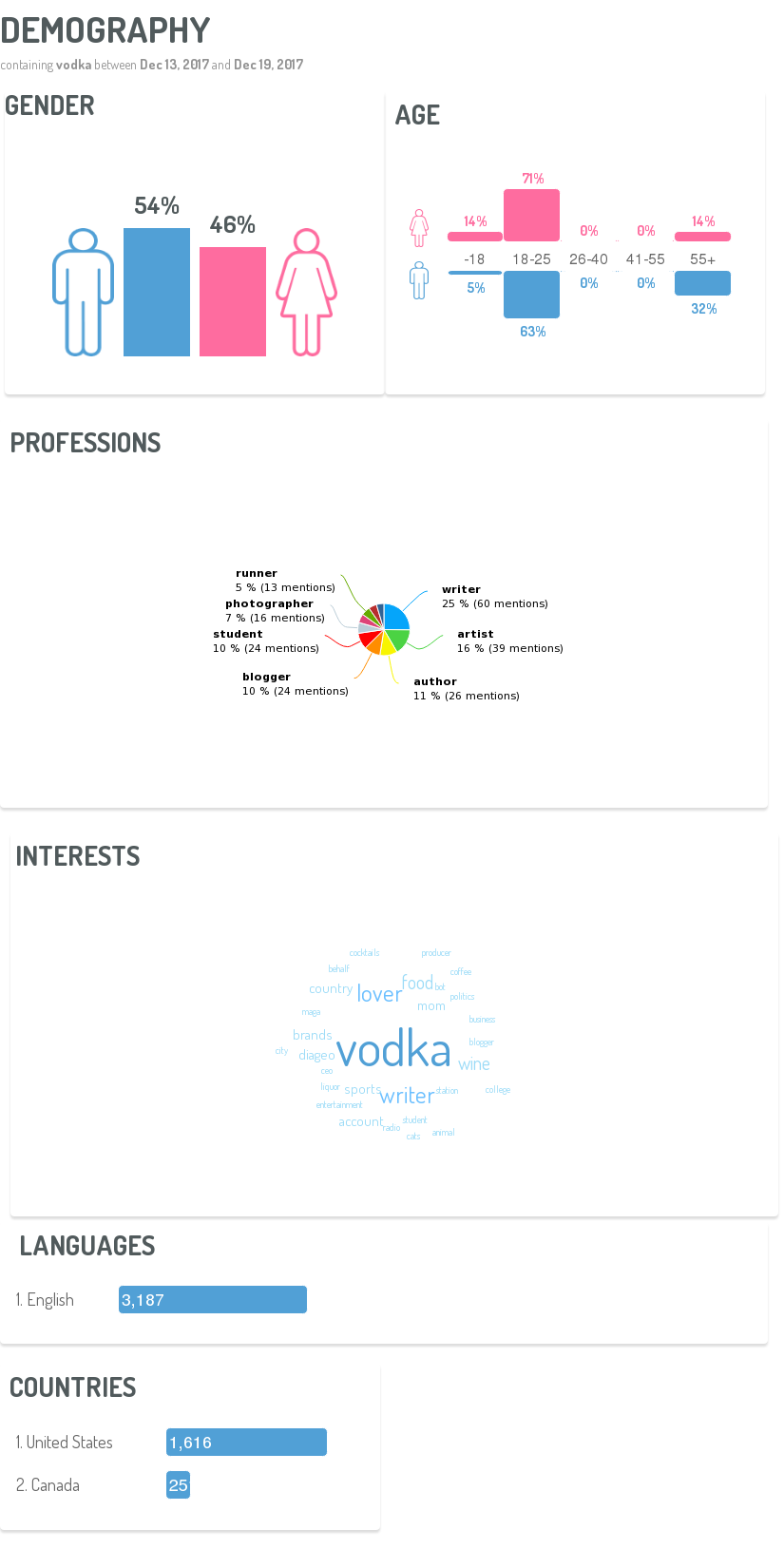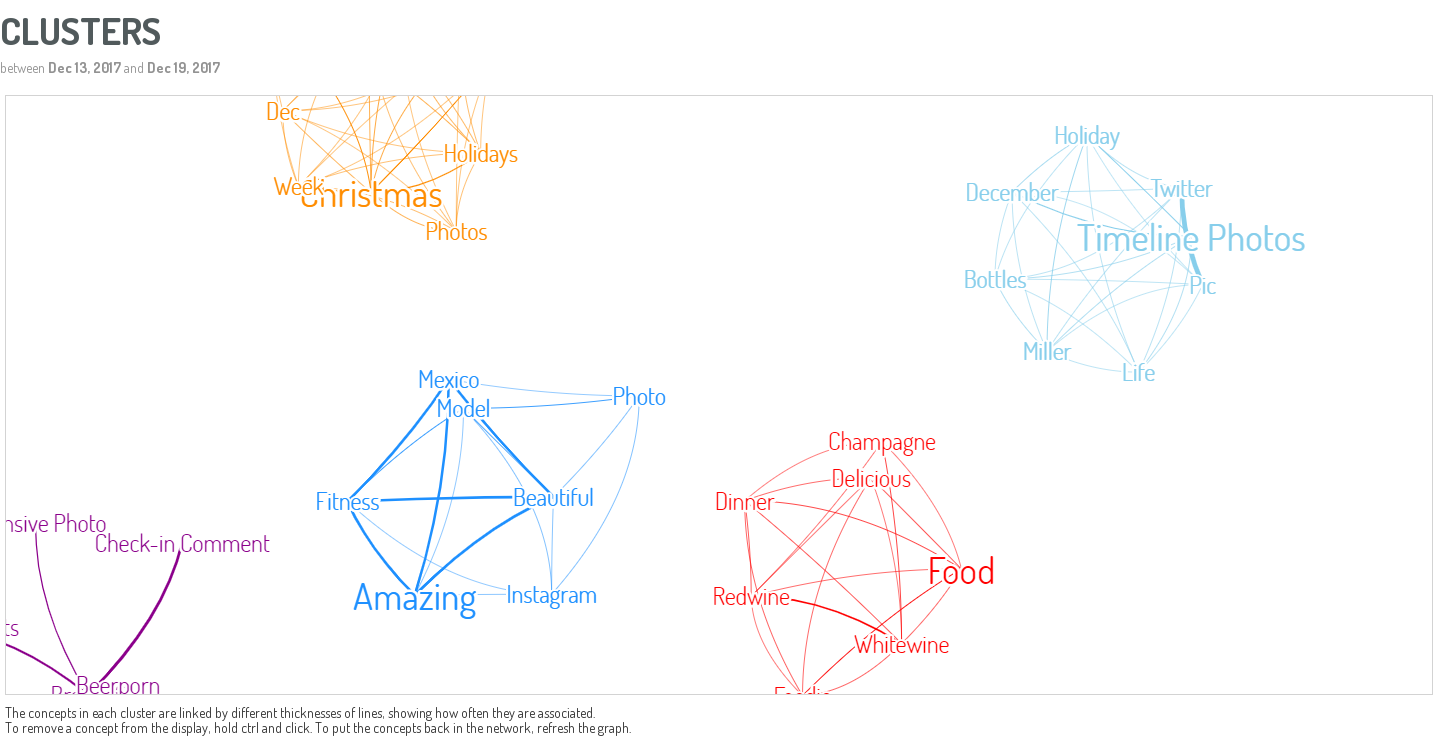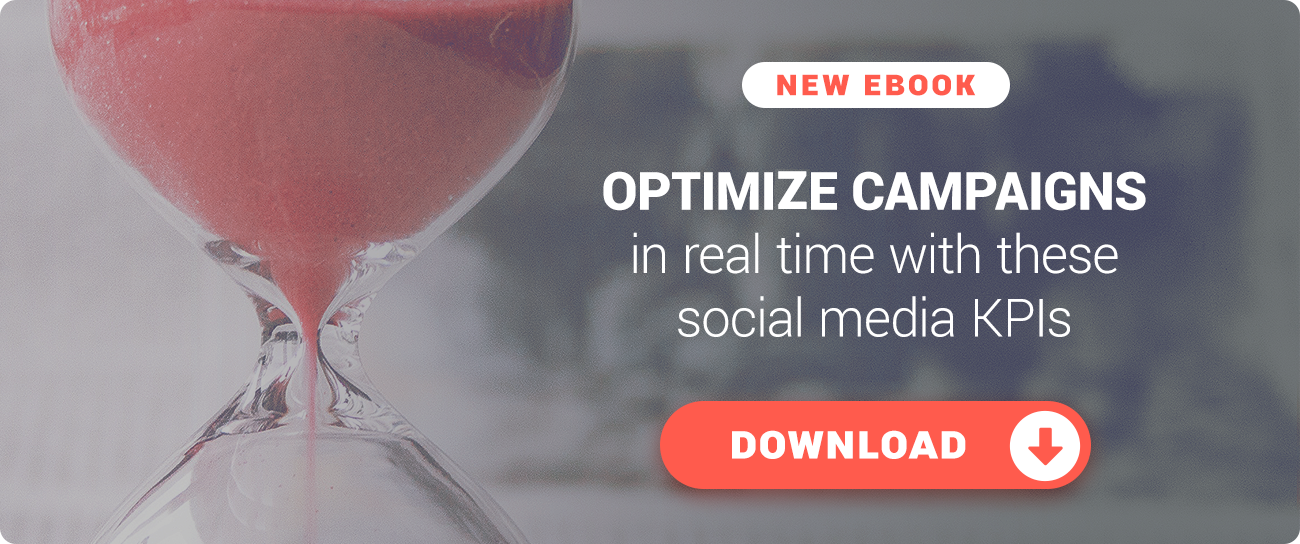Social Media Marketing: How High-Performing Brands Use Social Data
Leveraging social data to strengthen your brand’s social media marketing strategies
Today, businesses are highly aware of the value of social media data. Brands have realized that social networks are no longer an isolated marketing channel solely dedicated to communication. Social media has not only proved its ability to produce tangible results, but has also demonstrated the capacity to develop strong contact points between brands and their customers and improve customer experience. In 2017, a huge majority of marketers used social media for various marketing activities: 97% used Facebook for B2C, 81% used LinkedIn for B2B, and 75% used Twitter for B2B.
The Importance of Social Media Intelligence
There are many ways brands may use social data to improve their marketing strategies. Social intelligence tools enable brands to capture insights from conversations occurring across online forums, blogs, video-streaming sites, and social media platform. Subsequent consumer profiling, trend analysis, and consumer behavior analysis enables brands to understand consumer needs and expectations and to develop highly targeted campaigns.
Listening to, analyzing, and reporting on social media data enables multiple company departments beyond marketing and communications to accelerate and inform business decisions. Among its many uses, social intelligence enables brands to:
- Anticipate trends
- Analyze consumer insights
- Develop well-targeted content strategies
- Perform comprehensive competitor analysis
- Penetrate new markets with influencer marketing
- Increase sales with social data
The following article will outline all six of these applications.
I. Anticipate Trends
Analyzing online conversations is not enough: brands must connect with opinion leaders, specialized media experts, researchers, and journalists to stay on top of emerging trends in addition to developing a grounded understanding of pre-existing trends. Analyzing the insights garnered from social media listening tools can lead to:
- Better understanding of current and upcoming market trends
- Early detection of disruptive technologies and innovations
- Better identification of potential networking opportunities
- Insights into the commercial appeals of existing innovations, technologies, and products
- Understanding of the needs, behaviors, and habits of consumers
Case Study: Trend Analysis for Creating Awareness
An insurance company uses social media listening in order to create brand awareness and lobbying capabilities. The insurer monitors social media trends regarding the health insurance industry through an analysis of industry-relevant social accounts segmented into the following categories: opinion leaders, experts, journalists, politicians, professors, practitioners, unions, and competing insurers.
Additionally, the company uses an alert system to monitor for the use of specific keywords to identify relevant industry developments and keep their internal decision-makers informed. The communications team uses this data to thematically inform their campaigns and to ensure that the department can quickly react to trends and changes by keeping the correct people involved. To help with this process, the communications and marketing departments both receive a daily newsletter summarizing all relevant happenings.
II. Analyze Consumer Insights
The rise of social media as a preferred communications channel enables millions of internet users to share their everyday opinions on brands, products, and trends. In France for example, 61% of 18-30 year olds believe it is important to share their opinions on products and services that they’ve purchased. Forward-thinking companies have adopted strong social listening strategies in order to leverage real-time access to consumer insights. Such analysis enables these companies to measure social media engagement with social media users as a means of increasing brand loyalty and sales. More specifically, the analysis of social insights enables brands to do the following:
- Manage brand reputation across social media
- Optimize product development with consumer feedback
- Refine and adapt marketing strategies in real time
- Benchmark the strategies of competitors
Collecting consumer insights with social listening tools enable marketers to create content which not only differentiates their brand from competitors but is specifically adapted to resonate with their target audience. How are brands doing this?
- Analyzing the primary trends discussed by consumers
- Engaging with user-generated content
- Identifying influencers and brand ambassadors
- Evaluating marketing content through comparison of successful and unsuccessful strategies
Case Study: Refining and Adapting Marketing Campaigns
An international beauty brand needed to adapt its products in order to penetrate new markets in Asia. The brand began by analyzing online conversation surrounding pre-established beauty products and adapted their content marketing strategies in order to ensure their brand would successfully translate across the cultural differences between their two target markets. Adapting their messaging allowed for a smooth transition into the Asian market, and successful product launches.
III. Develop Well-Targeted Content Strategies
In an era where consumers tend to “peck” at internet content, consuming information at incredibly fast rates, the battle is now to win and hold the attention of internet users. Insight-driven marketing strategies allow brands to develop informed strategies which have been proven to gain the attention of consumers.
1. Understand your target audience through customer profiling
In order to create the right content, marketers need to understand the target audience which they want to reach. Social listening allows brands to identify high-value market segments, understand customer expectations, the language they use to express these expectations, and on which channels they tend to communicate.
 A sample demographic report on the alcohol industry, via Digimind Social.
A sample demographic report on the alcohol industry, via Digimind Social.2. Evaluate the engagement levels of content
To evaluate the ROI of a content marketing strategy, it’s important to measure its impact on earned media, owned media, and on queries across mainstream search engines such as Google. This way, brands may analyze:
- The quality of their marketing content
- Preferred channels by interaction rate
- The quality of competitor content and social channels
- The most useful KPIs for content evaluation
IV. Perform Comprehensive Competitor Analysis
The ability to listen to and monitor competition and gain insight from their social media activities is a massive benefit for brands. Here are three examples of the successful use of social insights in revealing competitor strategies.
1. Track events that competitors are attending
When your own brand is participating in a forum or business events, it’s a good idea to monitor and compare your brand’s performance to competitors’ in order to understand their actions, draw inspiration from them, and detect unique insights which might not have been available elsewhere. It’s important to track content published by the competitor in addition to the reactions to this content by customers and prospects. Keep in mind that the analysis of social insights may reveal more about competitors than their official communications do.
2. Monitor industry trends and innovations
As was previously touched on in the first section of this article, industries and technologies are constantly changing. Marketers, advertisers, and agencies must all adapt to this swift changes and innovations.
Customer Case: a Digimind client within the hospitality industry uses social data to monitor market trends through analysis of consumer opinions of competitors on TripAdvisor. This analysis enables our client to measure the strengths and weaknesses of their competitors and to understand consumer expectations via direct customer feedback.
 A sample concept cluster, via Digimind Social.
A sample concept cluster, via Digimind Social.3. Understand how competitors adapt their regional strategy
For many companies who own retail stores, competition varies by geographic location. For this reason, it’s very important for brands with retail locations to use a social listening tool which can segment data by country, region, city, street, and so on. A high level of granularity when monitoring competitors by geolocation ensure an accurate record of consumer needs and expectations across different geographic areas in addition to an awareness of how competitors respond to these consumers.
V. Penetrate New Markets with Influencer Marketing
Influencer marketing has become an essential communications lever for agencies and brands in targeting millennials. This generation is highly resistant to traditional digital advertising formats - 74% of US internet users report that they tend to immediately leave sites which ask them to disable an ad blocker.
For this reason, it’s necessary to communicate with millennials via a variety of channels. Influencers, whether they’re micro-influencers or celebrities can help in reaching consumers in a less intrusive manner and to create a trusting relationship between consumers and brands.
1. Influencer marketing for product positioning
Brands often use influencers on social media in order to reinforce their marketing campaigns, position new products, and to support the positioning of existing products.
2. Detect influencers to drive sales
Identifying influencers offers a twofold benefit for content marketing strategies:
- Detecting opinion leaders and industry experts to drive brand expertise in market trend analysis
- Influencer marketing enables brand to select personalities for their content marketing campaigns
Case Study: an alcohol brand management company uses social listening for influencer identification strategies. The company discovered a large amount of online conversation surrounding a well-known singer’s mention of one of their clients in the lyrics of one of the singer’s songs. Our client decided to sponsor the singer’s concerts and created marketing content targeted at the singer’s fanbase - an audience not previously marketed to. In effect, the alcohol brand experienced an increase in sales and in brand awareness among this niche audience.
VI. Increase Sales with Social Data
Social data can be used at many points within the sales process: in identifying new prospects, selling to new customers, and in retaining existing customers and creating expansion opportunities.
1. Identifying Prospects with Social Media Insights
A large international insurance company uses social intelligence in order to help their sales team in customizing their pitching content to better target prospects. This involves identifying common topics of conversation within the industry, and then analyzing and segmenting these topics by theme, product, stage of the customer journey, and by type of social media user. The messages are classified along the lines of corporate communication, customer claim, product, informational request, or by client.
2. Using social media to reach new audiences
Road safety is one of the most important lines of communications insurers use to deliver corporate messages and raise public awareness. In order to enhance the virality of road safety campaigns, insurers must rely on digital communications - especially social media.
In May, a major insurance company launched a content marketing campaign on Snapchat aimed at preventing drunk driving among millennials. This strategy was among the first within the insurance industry - an innovative and effective solution for reaching millennials with a serious issue. Only around 53% of millennials feel that insurance companies understand the expectations of their generation. Social media is an essential tool for reaching this generation, understanding their behavior, context, reactions, and the language they use in facing and understanding the dangers of drunk driving.
3. Analyzing customer feedback to increase brand loyalty
User experience and brand interactions tend to be most easily remembered by consumers when they are either extremely positive or negative. Thanks to social media, consumers tend to express themselves more often and the reach of their messages can be much larger - allowing brands to gather a large amount of customer feedback and thereby improve customer experience.
Brands can motivate customers to remain loyal by demonstrating their ability to actively listen to and respond to customer feedback, comments, questions, and suggestions. This may sound obvious, however, four out of ten brands do not answer consumer question on social media.
 A sample customer-oriented brand mention for Allstate, via Digimind Social.
A sample customer-oriented brand mention for Allstate, via Digimind Social.
Case Study: a high-end hotel chain, through analyzing social media conversation discovered that many visitors were reacting fondly to an aspect of their interior decoration. In response, the chain’s management decided to customize this decorative element every day. Following this response, the decoration received a large amount of attention across social media many positive reviews.

